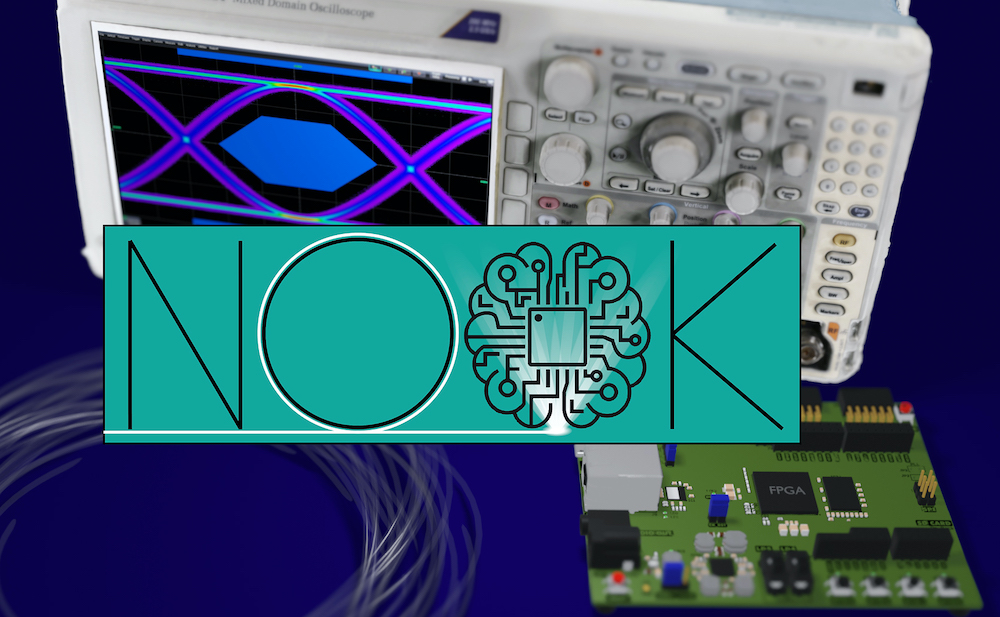 Optical fibre is the most broadband transmission medium comprising the highway that massively transfers data corresponding to communication taking place among billions of terminal devices per second. State ofthe art optical communication systems operate in the C-band (1530 -1565 nm) and less often in the L-band (1565 -1625 nm). These two bands offer almost 100 nm of useful optical bandwidth and have been predom-inantly selected since early 80s as they provide propagation at the lowest loss. This fact was a strong driver for the fabrication of devices such as emitters, receivers and amplifiers that operate in this wavelength window. Nowadays, many experts in the field of optical communications and networking predict that the continuous need for more demanding paradigms such as 5G, Internet of Things, cloud services, etc. will fully exhaust the capacity offered by C-band and L-band, thus posing an indisputable need for enhancement oflong-haul communication systems capacity. Different techniques have been proposed to circumvent this threat, either pushing towards the ideal utilisation of fibre capacity in the non-linear regime or by introducingspatial division multiplexing in the form of multi-fibre, multi-core and multi-mode transmission.
Optical fibre is the most broadband transmission medium comprising the highway that massively transfers data corresponding to communication taking place among billions of terminal devices per second. State ofthe art optical communication systems operate in the C-band (1530 -1565 nm) and less often in the L-band (1565 -1625 nm). These two bands offer almost 100 nm of useful optical bandwidth and have been predom-inantly selected since early 80s as they provide propagation at the lowest loss. This fact was a strong driver for the fabrication of devices such as emitters, receivers and amplifiers that operate in this wavelength window. Nowadays, many experts in the field of optical communications and networking predict that the continuous need for more demanding paradigms such as 5G, Internet of Things, cloud services, etc. will fully exhaust the capacity offered by C-band and L-band, thus posing an indisputable need for enhancement oflong-haul communication systems capacity. Different techniques have been proposed to circumvent this threat, either pushing towards the ideal utilisation of fibre capacity in the non-linear regime or by introducingspatial division multiplexing in the form of multi-fibre, multi-core and multi-mode transmission.
Lately, the extension of fibre bandwidth as a method to resolve “capacity crunch” has started gaining ground.For this reason, many groups worldwide focus their research on designing and fabricating optical devices that may cover other useful wavelengths for fibre transmission ranging from 1250 nm to 1700 nm. The potential of already installed fibres is to accommodate 300 nm of wavelength multiplexed signals, whilst nowadays the majority of the systems only utilise the C-band (~ 35 nm). The most important argument of the bandwidth extension roadmap is that the next generation optical communication systems will rely on already deployed infrastructures, thus avoiding the requirement for a costly infrastructure upgrade proposed by the expertsexploring the potential of few-mode fibres (FMFs) and multi-core fibres (MCFs).
ΝOOK will focus its research on exploring O-band (1260-1360 nm) which offers extra 100 nm of optical bandwidth and has a clear potential for the generation of high quality devices, including optical amplifiers with the use of properly designed Bi-doped fibres [1]. The main particular property of O-band transmission is the almost zero dispersion and its significant variation along the 100 nm which lays the ground for the manifestation of strong and non-uniform nonlinear effects that must be efficiently mitigated. Besides the in-depth analysis of conventional communications, NOOK will also take into account the advent of quantum communications and will investigate the potential of O-band in simultaneously supporting classical and quantum channels and the impact of O-band transmission on the performance of classical and quantum channels residing at C-, L-bands.
Project Τitle:
“Next generation Optical communication systems in the O-band: Α Key enabler for capacity enhancement in existing fibre links – NOOK”
Project Duration:
1/1/2022-31/12/2024
Project URL :https://rncp.eu/#projects
Project Framework&Funding:HFRI Research Projects to Support Faculty Members & Researchers – 2nd call,Budget: 175,000 €.
Scientific coordinator(UNIWA): Prof. Adonis Bogris, Department of Informatics and Computer Engineering
Consortium – Partners:
University of Southampton (UoS),
University of the Aeagean (UoA), Department of Information and Communication Systems Engineering
Research Publications / Results / Patents
- Bogris, A., Sozos, K., Deligiannidis, S., Sarantoglou, G. &Mesaritakis, C. Machine Learning and Neuromorphic Computing Approaches for the mitigation of transmission impairments in high baud rate transmission systems. in European Conference and Exhibition on Optical Communication Th2C–5 (2022).
- Υ. Hong, S. Deligiannidis, N. Taengnoi, K. R. H. Bottrill, N. K. Thipparapu, Y. Wang, J. K. Sahu, David J. Richardson, C. Mesaritakis, A. Bogris, and P. Petropoulos, “ML-assisted Equalization for 50-Gb/s/λ O-band CWDM Transmission over 100-km SMF” IEEE Selected Topics in Quantum Electronics, 10.1109/JSTQE.2022.3155990 (2022).












